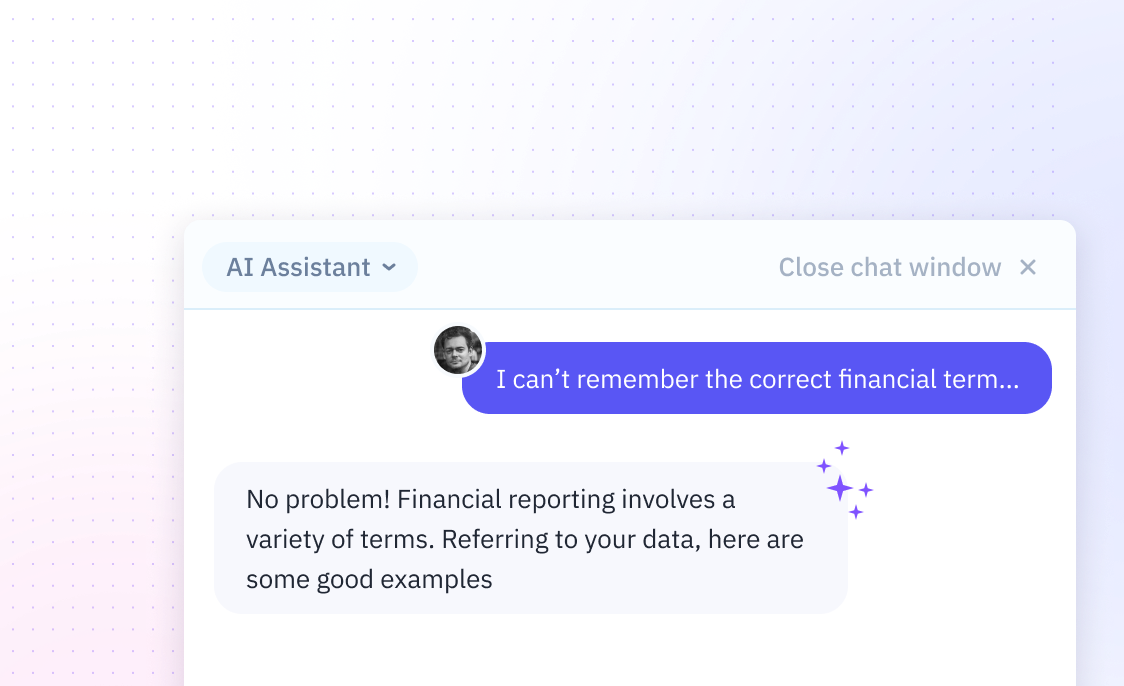
How To Undo Table Formatting In Excel
Introduction
Struggling with removing table formatting in Excel can disrupt workflow and productivity. This guide provides clear, step-by-step instructions on how to revert your Excel tables to standard ranges.
Learn to quickly undo table formatting without altering your data. While Excel requires manual steps to handle table formatting, you'll discover how Sourcetable's AI chatbot can help you create, analyze, and visualize data effortlessly - try it now at https://app.sourcetable.com/ to transform how you work with spreadsheets.
How to Undo Table Formatting in Excel
Remove Table Style While Keeping Table Features
Select any cell in your table and navigate to Table Design > Styles > Clear. This removes the visual formatting while maintaining table functionality. Alternatively, you can select 'None' in the Light group of Table Styles to remove predefined formatting while preserving any custom cell formatting.
Clear All Table Formatting
To remove all formatting including number formats and alignment: Select a cell in the table, press Ctrl + A twice to select the entire table with headers, then go to Home > Editing > Clear > Clear Formats.
Convert Table to Range
To completely remove table functionality: Right-click the table and select Table > Convert to Range, or use Table Design > Convert to Range in the Tools group. Excel will ask for confirmation. This conversion removes all table features but retains the style formatting.
Why Learning How to Undo Table Formatting in Excel is Important
Being able to undo table formatting in Excel is a critical skill for spreadsheet users. It helps recover from formatting mistakes and restore data to its original state. This knowledge prevents the need to start over when table formatting errors occur.
Understanding how to undo table formatting saves time when working with complex spreadsheets. It allows users to experiment with different table styles without fear of permanent changes. This capability is especially valuable when collaborating on shared workbooks.
Table formatting removal skills help maintain spreadsheet consistency. When combining data from multiple sources, removing unwanted formatting ensures uniform presentation. This uniformity is essential for professional-looking reports and data analysis.
Use Cases for Undoing Table Formatting in Excel
Restoring Original Data Structure
During spreadsheet development, users often experiment with different table styles and formats. Being able to undo table formatting allows you to quickly revert to your original data structure when the formatting experiments don't yield the desired results.
Preparing Print-Ready Spreadsheets
When preparing documents for printing, removing table formatting can create a cleaner, more professional look. This is particularly useful when gridlines and shading would distract from the data presentation.
Enabling Clean Data Transfer
When moving data between different programs or applications, table formatting can cause compatibility issues. Removing table formatting ensures clean, hassle-free data transfer without unwanted styling elements.
Expanding Analysis Capabilities
Some Excel functions and analysis tools work only with standard ranges, not formatted tables. Converting a table back to a range opens up access to these additional analytical capabilities.
Creating Presentation-Ready Content
For professional presentations, sometimes simpler is better. Removing table formatting allows you to focus audience attention on the content itself rather than decorative elements.
Excel vs. Sourcetable: A Modern Approach to Spreadsheets
While Excel relies on manual functions and formulas for data analysis, Sourcetable revolutionizes spreadsheet work through AI-powered interactions. Simply chat with Sourcetable's AI to create spreadsheets, analyze data, and generate visualizations without learning complex formulas. Whether you're working with uploaded files or connected databases, Sourcetable transforms data analysis into a conversational experience. Try Sourcetable at app.sourcetable.com to get instant answers to any spreadsheet question.
Natural Language Interface
Excel requires users to learn specific functions and syntax. Sourcetable lets you describe what you want in plain English, and its AI creates the necessary formulas and analysis automatically.
Data Processing
While Excel struggles with large datasets, Sourcetable handles files of any size and connects directly to databases. Simply upload your data or connect your source, and start analyzing immediately.
Analysis and Visualization
Instead of manually creating charts and running calculations in Excel, Sourcetable's AI generates professional visualizations and performs complex analysis through simple conversation.
Workflow Efficiency
Excel tasks often require multiple steps and formula knowledge. Sourcetable completes entire workflows through natural language commands, saving hours of manual work.
Accessibility
Excel's learning curve can be steep for new users. Sourcetable makes spreadsheet work accessible to everyone through conversational AI, regardless of technical expertise.
Frequently Asked Questions
How do I remove table formatting in Excel while keeping my data?
Select any cell in the table, then go to the Table Design tab and either select 'None' in the Light group under Table Styles, or click the More button in the Table Styles group and select Clear.
How do I convert an Excel table back to a normal range?
Right-click any cell in the table and select Table > Convert to Range. Alternatively, select any cell in the table, go to the Table Design tab, and click Convert to Range in the Tools group. This removes all table features including automatic expansion and filter buttons.
What is the quickest way to clear table formatting in Excel?
Select any cell in the table, go to the Home tab, select Format as Table, expand the Table Styles gallery from the TableDesign tab, and select Clear. This will return the table to the default format.
Conclusion
Removing table formatting in Excel can be done through several methods. Understanding these methods helps you work more efficiently with spreadsheets.
Looking for an easier solution? Sourcetable eliminates the need to memorize Excel commands and shortcuts. Its AI chatbot instantly answers any spreadsheet question you have.
Get started with a more intuitive spreadsheet experience at Sourcetable today.






